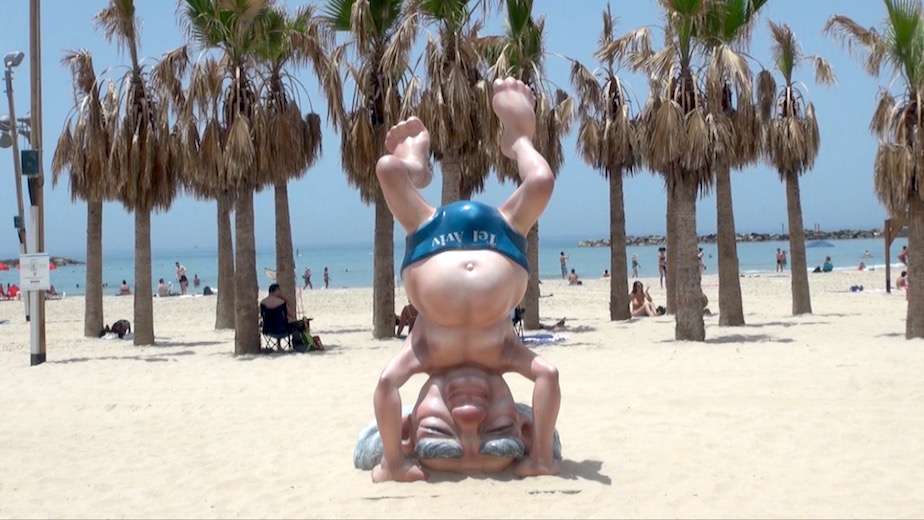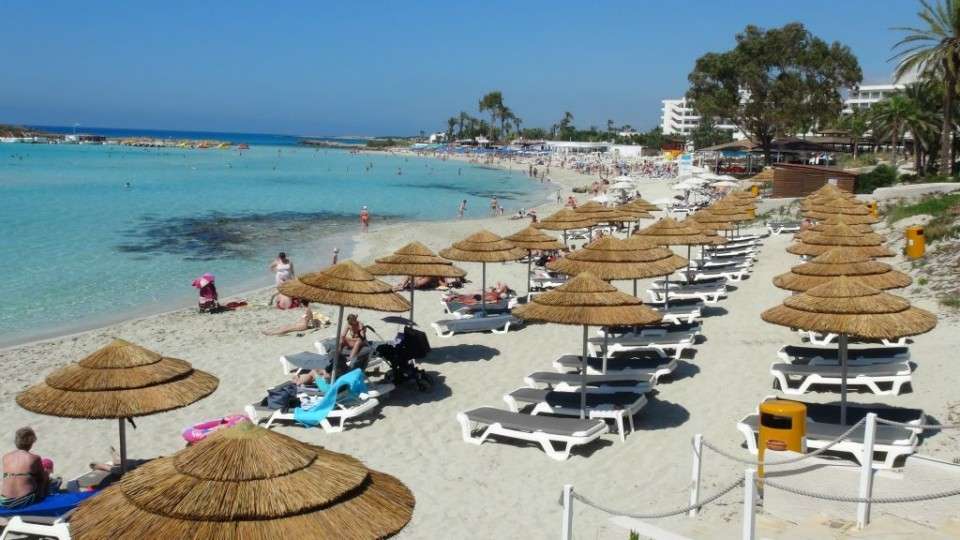Tel Aviv-Yafo
The “White City”, Tel Aviv-Yafo is the second-most populous city in Israel, designated a UNESCO World Heritage Site in 2003, situated on the Mediterranean coastline.
Tel Aviv is the fifth-most-visited city in the Middle East and Africa, known as “the city that never sleeps” and a “party capital” due to its thriving nightlife, young atmosphere and famous 24-hour culture with many museums, architectural and cultural sites.
The beaches and the city’s promenade play a major role in the city’s cultural and touristic scene, often ranked as some of the best beaches in the world – through this is very much an overstatement. Hayarkon Park is the most visited urban park in Israel, with 16 million visitors annually, other parks within city limits include Charles Clore Park – a grassland at the end of the beach promenade near the old city of Jaffa, Independence Park, Meir Park and Dubnow Park.
Tel Aviv is the most liberal city in Israel and in the Middle East. Its residents tend to have liberal attitudes towards gay and lesbian rights and hosts the largest gay pride parade in Israel, the only country in the Middle East where homosexuality is not considered illegal. With its liberalism comes a dose of sophistication and some will say, detachment, often dubbed “The Bubble” or “Medinat Tel Aviv” (“The State of Tel Aviv”) by residents, due to its hedonistic lifestyle.
Founded in 1909 by Jewish immigrants on the outskirts of the ancient port city of Jaffa, the modern city’s first neighbourhoods had already been established in 1886. Immigration by mostly Jewish refugees meant that the growth soon outpaced Jaffa‘s, which had a majority Arab population at the time. Tel Aviv and Jaffa were merged into a single municipality in 1950, two years after the establishment of the State of Israel.
When Israel declared Independence on 14 May 1948, Tel Aviv was the temporary government centre of the State of Israel until the government moved to Jerusalem in December 1949. Due to the international dispute over the status of Jerusalem, most embassies moved and are in or near Tel Aviv. Whilst Jerusalem is Israel‘s capital city where most government departments are located, Tel Aviv and its satellite cities form the economic and cultural centre.
The official name is Tel Aviv-Yafo and reflects the fact that the city has grown beside (and absorbed) the ancient port city of Yafo, to the south of the new city centre, in addition to many other neighbouring cities. The smallish gulf of Jaffa has been the site of a fortified port town for at least 4000 years. During the 19th century, the town’s population grew and the old city walls could no longer contain the population, and they were destroyed in the 1870s. New, more spacious neighbourhoods started to appear.
Tel Aviv, meaning literally “Hill of Spring”, was founded in 1909 by a group of distinguished Jewish residents of Jaffa. They envisaged a European-style garden suburb, with wide streets and boulevards. Moving out of the Arab-dominated town also represented their belief in the Jewish national movement, their belief in Zionism. Before being a city, Tel Aviv was one of the many titles of Herzel’s Zionist utopia – The Old New Land book. Setting out with a grand vision, the 60 founders started out by building the first mid-eastern urban centre with running water in 1909.
Tel Aviv grew steadily under Ottoman law until WWI. By the end of the war, the British took over the Holy Land. An event the Jewish community saw as encouraging, while and the Muslim community viewed as a turn-for-the-worst from the previous Islamic ruler.
In May 1921, an Arab mob attacked a Jewish immigration centre, killing dozens of Jews. Another group broke the windows stores in the Jewish street in Jaffa and a mob armed with knives and sticks have made his way towards Tel Aviv. Before 1921 most Jews worked and lived in Jaffa after the attack thousands of the 16,000 Jews of Jaffa moved north to Tel Aviv. The suburb had become a city and within a decade, Tel Aviv had become the centre of culture, commerce and light industry for the entire Jewish population of the country as well as the British soldiers.
1938 marked the opening of Tel Aviv port, an important milestone marking the end of its dependency on Jaffa. By this time, Tel Aviv was already the biggest city in the country. After Israel’s declaration of independence in 1948, Jaffa became a district of Tel Aviv and the city’s name was officially changed to Tel Aviv-Yafo.
According to the 1947 UN Partition Plan for dividing Palestine into Jewish and Arab states, Tel Aviv, by then a city of 230,000, was included in the new Jewish state. Jaffa with, as of 1945, a population of 101,580 people—53,930 Muslims, 30,820 Jews and 16,800 Christians—was designated as part of the Arab state. Civil War broke out in the country and in particular between the neighbouring cities of Tel Aviv and Jaffa, which had been assigned to the Jewish and Arab states respectively. After several months of siege, on 13 May 1948, Jaffa fell and the Arab population fled en masse.
In July 2003 Tel Aviv-Yafo was declared a cultural UNESCO World Heritage site for the many “International” style buildings built in the city during the 1930s-50s. As this style emphasized simplicity and the white colour, Tel Aviv is also called the White City. Many German Jewish architects trained at the Bauhaus, the Modernist school of architecture in Germany, and left Germany during the 1930s. Bauhaus architecture was introduced in the 1920s and 1930s by German Jewish architects who settled in Palestine after the rise of the Nazis. The city centre contains more than 5,000 Modernist-style buildings inspired by the Bauhaus school and Le Corbusier. Construction of these buildings, later declared protected landmarks and, collectively, a UNESCO World Heritage Site, continued until the 1950s in the area around Rothschild Boulevard.
Named “The best gay city in the world”, Tel Aviv is one of the most popular destinations for LGBT tourists internationally. The city hosts its well-known pride parade, the biggest in Asia, attracting over 100,000 people yearly.







